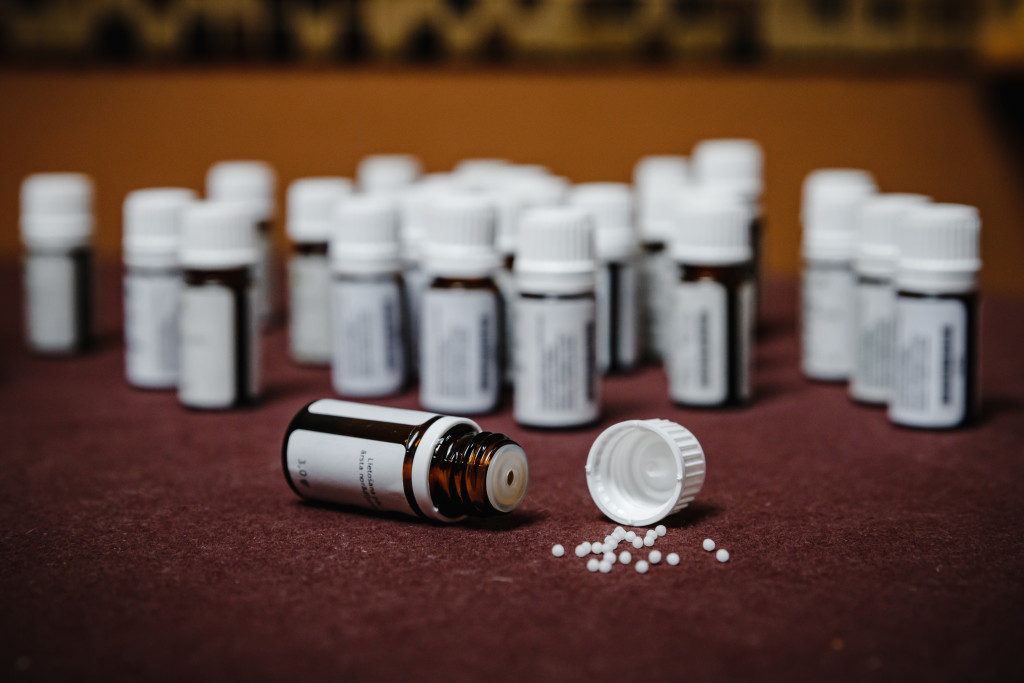Advancing Knowledge on Drugs Linked to Pediatric SJS-TEN
- 09/05/2024
Stevens-Johnson syndrome (SJS) and toxic epidermal necrolysis (TEN) are rare yet severe reactions affecting the skin and mucous membranes, leading to blistering and detachment of outer layers. During the acute phase, patients may endure various systemic complications, with long-term effects often profoundly disabling. While drugs are the primary triggers, followed by infectious and autoimmune factors, sometimes the cause remains elusive. In adults, SJS-TEN can be tied to various medications, notably allopurinol, specific antibiotics, phenytoin, carbamazepine, and lamotrigine. However, pediatric SJS-TEN cases primarily rely on small-scale and retrospective analyses, lacking a comprehensive pharmacovigilance study dedicated to this population.
This article unveils findings from a study discovered by the DrugCard platform in medical literature, aiming to shed light on this vital aspect of pediatric medicine.
Exploring the Link: Pediatric SJS-TEN and Medications
The authors investigated the spectrum of drugs associated with SJS-TEN in children by analyzing cases reported in the WHO pharmacovigilance database (VigiBase). They conducted sensitivity analyses, considering cases reported only by physicians and those reported in the last ten years. Out of 31,376,783 adverse drug reactions reported in VigiBase, 2,248,727 were pediatric cases, with 7,342 encoded as pediatric SJS-TEN.
They identified significant statistical pharmacovigilance signals for 165 drugs, with antiepileptics and anti-infectious drugs being the most common classes. The top five drugs with the highest information component (IC025) were lamotrigine, carbamazepine, phenobarbital, phenytoin, and nimesulide. Additionally, acetaminophen showed a significant association with pediatric SJS-TEN, and researchers also identified several new suspected drugs. Notably, vaccines did not display any significant pharmacovigilance signals.
Nevertheless, let’s delve deeper into the key findings of this study.
Key Finding 1: Antiepileptic Drugs and Antibiotics as Primary Suspects in Pediatric SJS-TEN
The main findings indicate that the predominant suspected drugs in the study comprised antiepileptic medicines and antibiotics, aligning with existing literature on the topic. Within the antiepileptic drug category, lamotrigine and carbamazepine emerged as the most prevalent, while sulfonamides maintained a significant pharmacovigilance signal among antibiotics, consistent with prior observations. Notably, the study’s original contribution emphasizes that all classes of antiepileptics and antibiotics were linked to pediatric SJS-TEN.
Key Finding 2: Controversy Surrounding Acetaminophen and NSAIDs in Pediatric SJS-TEN
Following antiepileptic and antibiotic drugs, acetaminophen and numerous NSAIDs emerged as significant suspects. However, their involvement remains highly debated due to potential biases. Protopathic bias occurs when the disease starts with fever before mucocutaneous symptoms, often leading to acetaminophen and NSAID prescriptions. Similarly, confounding bias arises when acetaminophen or NSAIDs are initiated in response to fever or pain from an infectious disease, potentially causing SJS-TEN.
Previous studies have yielded conflicting results. While some found no evident risk of TEN associated with acetaminophen, others suggested a potential link with pediatric SJS-TEN. For example, a case-control study revealed a noteworthy association between acetaminophen and pediatric SJS-TEN in multivariate analysis and NSAIDs in univariate analysis. These findings persisted even when adjusting for protopathic bias by shifting the index date to 3 days earlier. Therefore, the new study’s conclusions reignite the debate over acetaminophen and NSAIDs’ potential involvement in pediatric SJS-TEN.
Key Finding 3: Novel Drug Associations in Pediatric Cases
Additionally, researchers emphasized the involvement of novel drugs associated with SJS-TEN in children. These include dapsone, antifungal medications, sulfasalazine, allopurinol, antihistamines, and proton pump inhibitors like omeprazole and lansoprazole. Notably, vaccines did not show an association with pediatric SJS-TEN in this study. However, the association remains controversial, with various studies yielding conflicting results. While several pediatric cases were reported post-vaccination in the study, no significant pharmacovigilance signal was detected.
Conclusion
In summary, this study is a valuable resource for updating our knowledge regarding the range of drugs potentially linked to SJS-TEN in pediatric patients. Moreover, it underscores the importance of actively reporting suspicions of this severe drug reaction to pharmacovigilance authorities. Additionally, it emphasizes the necessity of furnishing comprehensive and precise clinical descriptions alongside these reports. Through such efforts, healthcare practitioners and researchers can enhance our collective capacity to identify, comprehend, and ultimately address the risks of these adverse drug reactions in pediatric populations.



